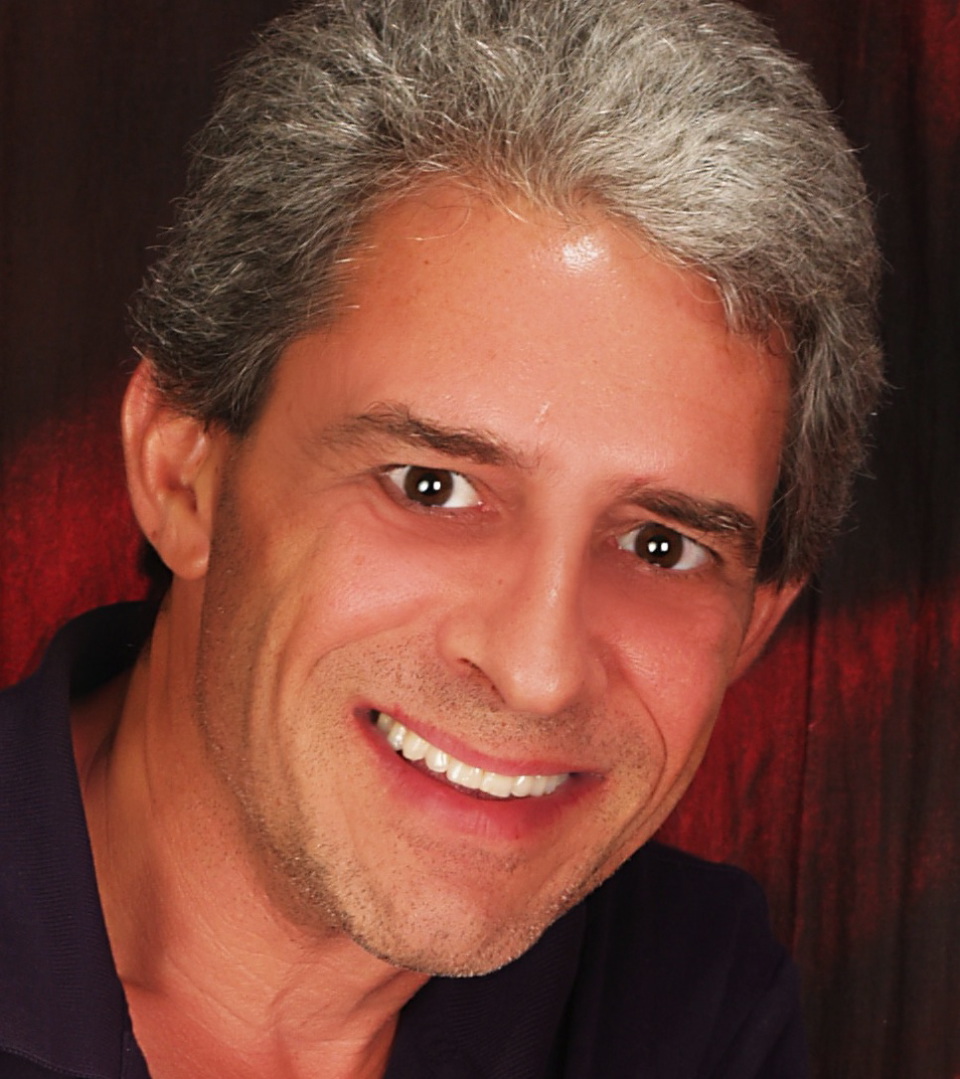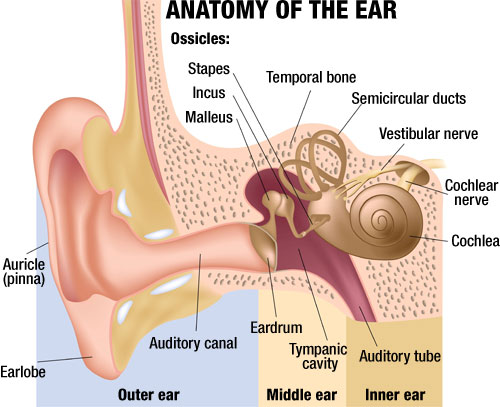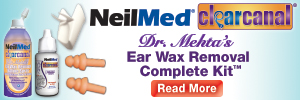Ears & Altitude
 |
Gary S Flom MD FACS FAAP American Board of Otolaryngology Fellow American College of Surgeons Fellow American Academy of Pediatrics About the author: Dr Flom is a Board Certified Otolaryngologist. He practices in Metro Atlanta and is a Fellow of the American College of Surgeons as well as the American Academy of Pediatrics. His special interests include chronic sinusitis, tinnitus, vertigo and upper airway allergies. |
Many of us have experienced ear pressure and popping with changes in altitude and while flying. This is due to a difference in air pressure between the air outside the ear and the pocket of air behind the eardrum. When the air pressure in our surrounding atmosphere changes, such as with flying or going to a higher elevation, it causes the eardrum to bulge out or get pushed in somewhat. These changes are quite small, and can’t be seen if someone looked at your eardrum, but the symptoms can be quite bothersome. This happens because the air pressure in the pocket of air behind the eardrum is now higher or lower than the pressure of the air around us. When this happens, we sense that sound coming to that ear is muffled and we feel ear pressure and possibly pain. Part of the ear anatomy is a channel called the Eustachian tube. One end of this tube is connected to the air pocket behind the eardrum, and the other end is behind the tonsils, or behind where your tonsils used to be. The Eustachian tube opens and closes with swallowing, yawning, and certain jaw movements. By doing so, it keeps the middle ear pressure (the pocket of air behind your eardrum) the same as the surrounding air.

There are a few things you can do. One is to spray a puff of oxymetazoline (this is over the counter) into each nostril about a half hour before a change in air pressure. While flying, this would be when the plane leaves the gate for takeoff and about a half hour prior to starting to descend for a landing. If you are planning on taking a car ride involving altitude changes, then plan by using the nasal spray about a half hour prior to these changes. In any case, do not exceed five puffs in each nostril in a 24 hour period.
Another choice, is to learn how to pressure equalize your ears. It is quite easy and very effective. When you start to feel ear pressure, move your lower jaw around just with your jaw muscles, not using your hand. Slightly open your mouth and move your lower jaw side to side and forward and back repeatedly. Also try a few forced yawns. These techniques work because the muscles surrounding the Eustachian tube work in concert with the lower jaw muscles, and using these muscles causes the tube to open and close, relieving ear pressure. Chewing gum may also work due to jaw movement and swallowing.
In addition, if you have no medical reasons against it, taking an oral decongestant about an hour and a half prior to taking off on a plane can be helpful. One choice is over the counter phenylephrine 10 mg. Can take one no more than ever 6 hours. Make sure you clear this with your healthcare provider, as not everyone can use it. For the products of casual pharmacy needs you can visit a CVS pharmacy weekly ad.
(1573)


Mark Chu liked this on Facebook.
Carol Greenway liked this on Facebook.
Stephanie Powers liked this on Facebook.
My ears have been popping randomly no matter the altitude. I’ve notice it occurs when my allergies kick in and am congested. Is it because of the congestion?
Carol Greenway liked this on Facebook.
Mark Chu liked this on Facebook.
Stephanie Powers liked this on Facebook.
I have been suffering from squeaky eardrums. I started the Rinse and it is gone. I am breathing again!! No tissues all around. Thank you so much.
Don’t snap at somebody who says they can’t breathe
I would tell people that and they would just go “yeah Right”.
Altitude